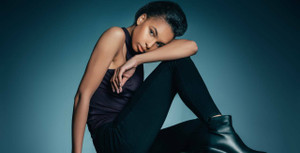Subcategory of Women

What we wear has always revealed our values and aspirations, particularly in times of turbulence and upheaval. And now, writes Bel Jacobs, it’s a time for change.2020 has unarguably been one of the most challenging years in living memory, with countless experts and commentators dedicating themselves to analysing our current upheaval. And yet, there are still few better places to examine cultural change than fashion. “Fashion is a potent visual marker of our times,” says Caroline Stevenson, head of cultural and historical studies at London College of Fashion. “Trend analysis of any given era will reveal society’s values and aspirations.”
It will be interesting to see what trend analysis will make of this time. The world has been in trouble before; both World Wars, for example, led to a flurry of measures designed to make clothing as practical – and as thrifty – as possible. In efforts to conserve precious materials for the war effort, single-breasted suits replaced double-breasted; trouser turn-ups were abolished – much to the annoyance of their male wearers. After World War One, zip fasteners and elastic were frowned upon, except in women’s knickers. Similar trends of thought ran through the Great Depression of the 1930s, when Americans turned their backs on flippy flapper dresses towards more reserved silhouettes. Utility clothing, as it was called, was streamlined and efficient – and sometimes gently embellished. One of the Imperial War Museum’s civilian siren suits boasts puffed shoulders, bell-bottom cuffs, piping decoration and a natty hood. The urge to creative expression runs deep.
